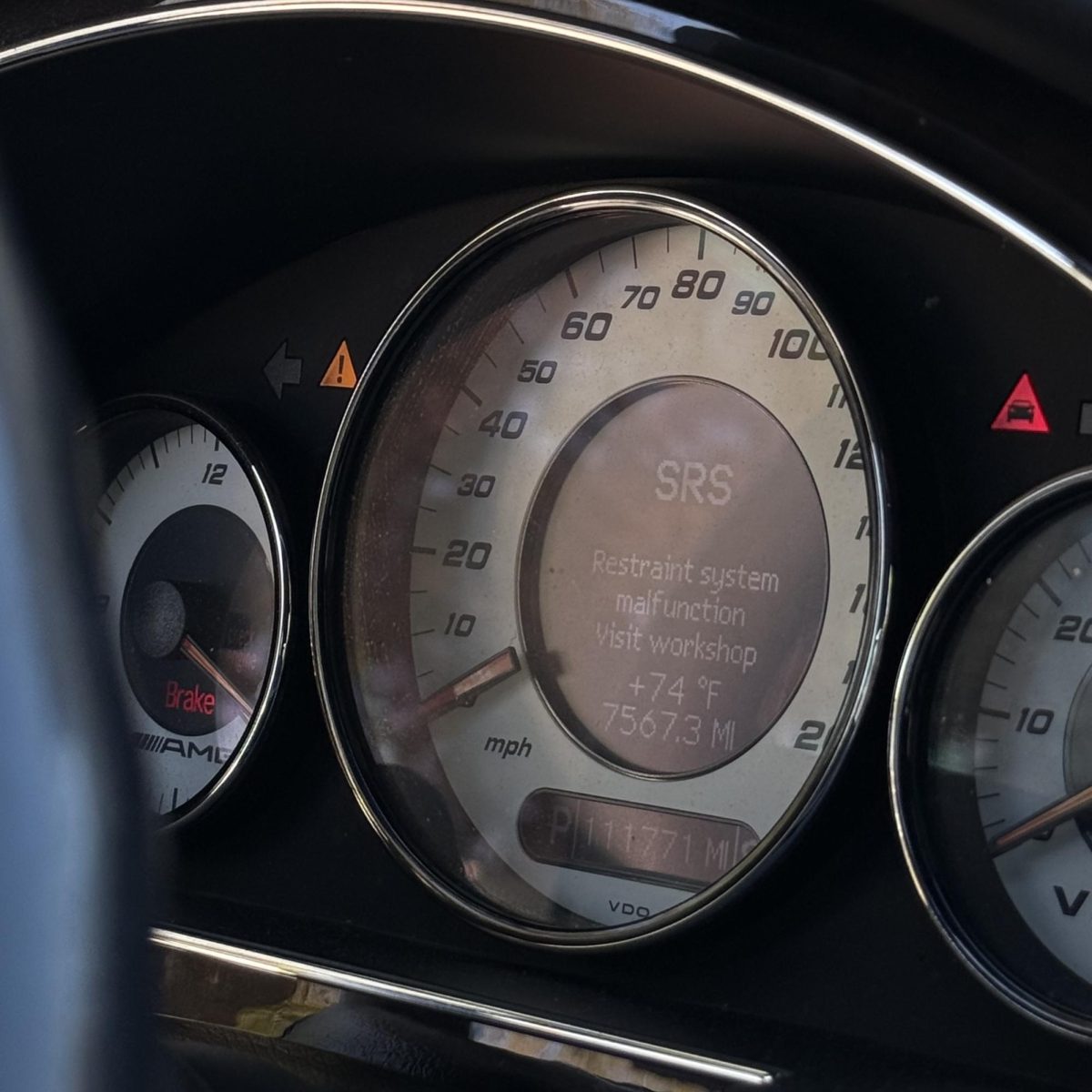
Taking care of your car is not as intimidating as it might seem, even if you have little to no knowledge about vehicles. With a few simple habits, you can keep your car running smoothly and avoid costly repairs. This guide provides straightforward tips that are perfect for beginners.
Freshman Sajan Sholy said, ”I keep a strict schedule for my 2003 745li, oil changes are done every 5,000 miles. It’s the lifeblood of the engine, so I never compromise there. And on top of that, I make sure to check my coolant and fluids often because my model is famous for leaks.”
One of the most important aspects of car maintenance is checking the oil regularly. This should be done at least once a month. By opening the hood, locating the dipstick there should be a mark showing the maximum and minimum. A half tank of oil isn’t enough and it could damage your car’s engine. If your car doesn’t have a dipstick, it means it is measured electronically and you can find it in the setting/ info of your car. Following the steps to check the oil level, you can ensure that the engine remains lubricated and operates smoothly. Neglecting this step can lead to engine damage, which is both expensive and preventable.
The tires are another crucial component of your car’s performance and safety. Checking the tire pressure monthly with a tire gauge is easy and can save you money in the long run. Keeping the tires properly inflated ensures they last longer, improves fuel efficiency, and keeps you safe on the road. If you notice uneven wear or any other issues, consulting a professional is always a good idea.
Brakes deserve special attention as well. Listening for unusual noises when braking, such as squealing or grinding, can help you detect problems early. These sounds may indicate wear and tear that requires immediate attention. Brakes are vital for safety, so addressing any issues promptly is essential.
Keeping the exterior of your car clean is another simple yet effective way to maintain it. Washing your car regularly, especially after exposure to heavy rain or snow, prevents dirt and salt from causing rust. Adding a layer of wax every few months also protects the paint and gives your car a polished look.
Replacing the air filter is an easy task that can have a significant impact on your vehicle’s health. Inspecting and changing the air filter every six to twelve months improves fuel efficiency and keeps the engine running smoothly. It’s a small effort that pays off in the long term.
Fluids play an important role in keeping your car functioning properly. Learning where the coolant, brake fluid, and windshield washer fluid are located allows you to monitor their levels and top them off when needed. These fluids are essential for maintaining the car’s performance, safety, and cleanliness.
Paying attention to dashboard warning lights is another critical aspect of car maintenance. These lights are designed to alert you to potential problems, so consulting your car manual or visiting a mechanic as soon as they appear can prevent minor issues from becoming major ones.
Lastly, understanding how to use jumper cables is a practical skill that can save you in a pinch. Keeping a set of jumper cables in your trunk and knowing how to jump-start a car ensures that you are prepared for a dead battery, which can happen unexpectedly.
Connect the red cable to both positive battery terminals, then connect one end of the black cable to the working battery’s negative terminal and the other to a metal part of the dead car. Start the working car, let it run for a few minutes, then start the dead car. Remove the cables in reverse order. Keep the jumped car running to recharge its battery.
Car maintenance doesn’t have to be complicated or intimidating. With a bit of consistency and attention, even beginners can keep their vehicles running smoothly. When in doubt, it’s always okay to reach out to a professional for guidance. Following these basic steps will help you build confidence and enjoy a reliable car for years to come.